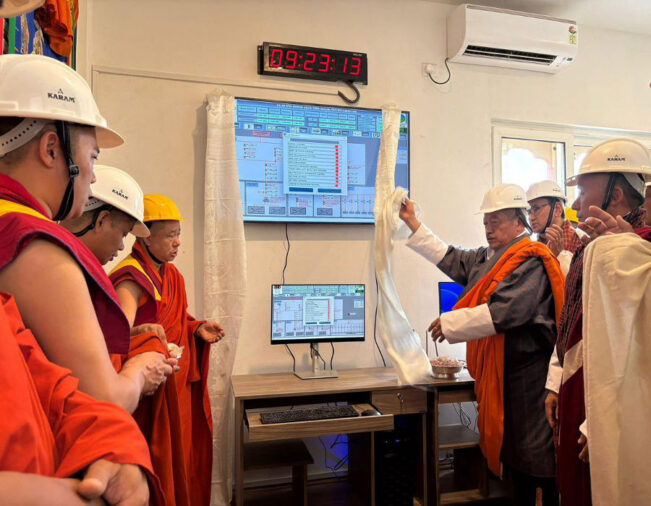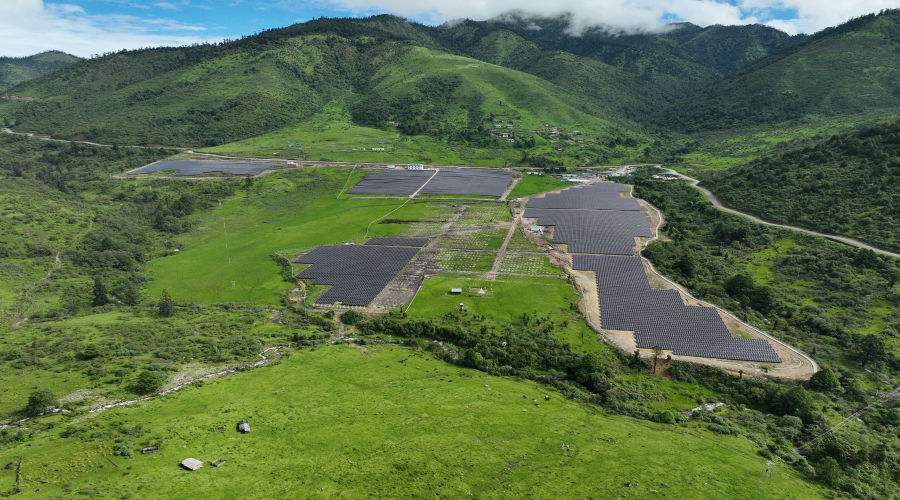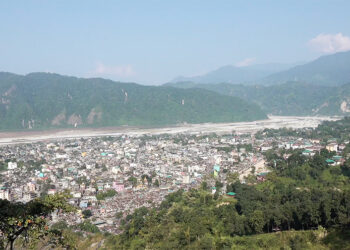 The first phase of the country’s mega solar power plant, Sephu Solar Project in Wangdue commissioned today. The project has a maximum power generation capacity of over 17 megawatts. The second phase, with a capacity of five megawatts, is expected to be commissioned in September. The solar project is designed to meet domestic energy demands and reduce electricity imports during the lean season.
The first phase of the country’s mega solar power plant, Sephu Solar Project in Wangdue commissioned today. The project has a maximum power generation capacity of over 17 megawatts. The second phase, with a capacity of five megawatts, is expected to be commissioned in September. The solar project is designed to meet domestic energy demands and reduce electricity imports during the lean season.
The first phase of the country’s first utility-scale solar project spans 44 acres at Yongtru village in Sephu Gewog.

According to project officials, the power generated from the first phase of the project is expected to reduce energy imports by around 25 million units.
The country imports electricity from India during winter when the power generation capacity of the hydropower plants decreases due to reduced river flows. Last year, the country imported nearly a thousand million units of electricity worth Nu 3.4bn.
The second phase of the project, on around 19 acres of land, is expected to be complete in September. It will have a peak power generation capacity of five megawatts.
The project is part of the government’s plan to generate 5,000 megawatts of energy from solar and wind by 2040.
“The DGPC is taking up the project at Jamji, which is next to Chhuzom. They have already awarded the contract to Rigsar Construction Company, which is 120 megawatts. We also have plans for Apa Ama Pang in Dagana, which is also more than 100 megawatts and then in Tang in Bumthang, which again is more than 100 megawatts. So, we have to produce 5000 units of solar energy, and that is why we have a lot planned,” said Gem Tshering, Energy and Natural Resources Minister.
The Asian Development Bank is financing the project worth around Nu 1.5bn. ADB is providing over Nu 685 M as a loan and around Nu 830 M as a grant.
Changa Dorji, Wangdue Phodrang
Edited by Phub Gyem







